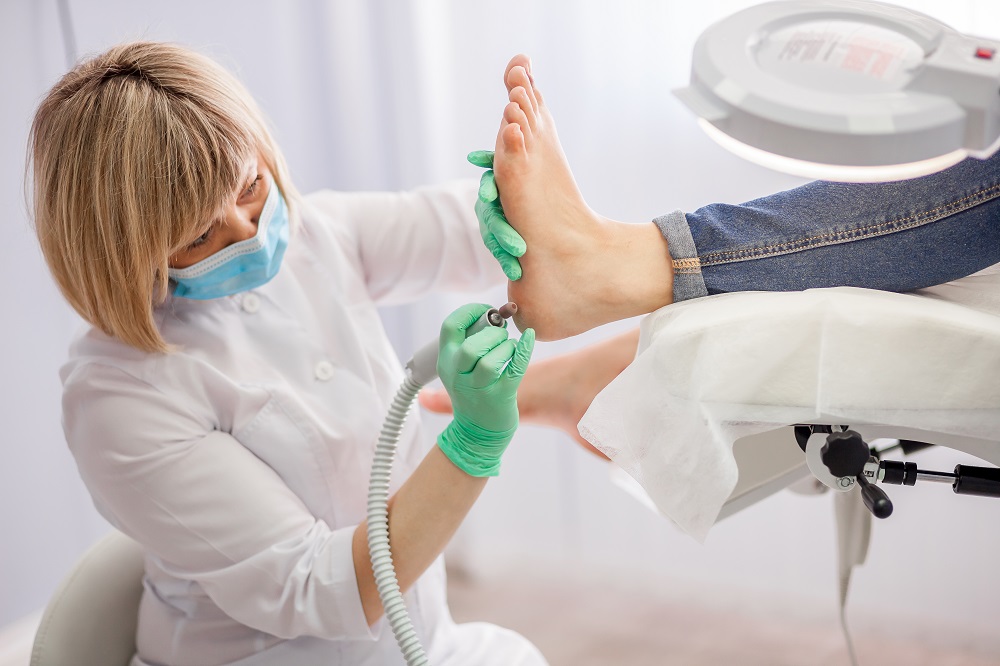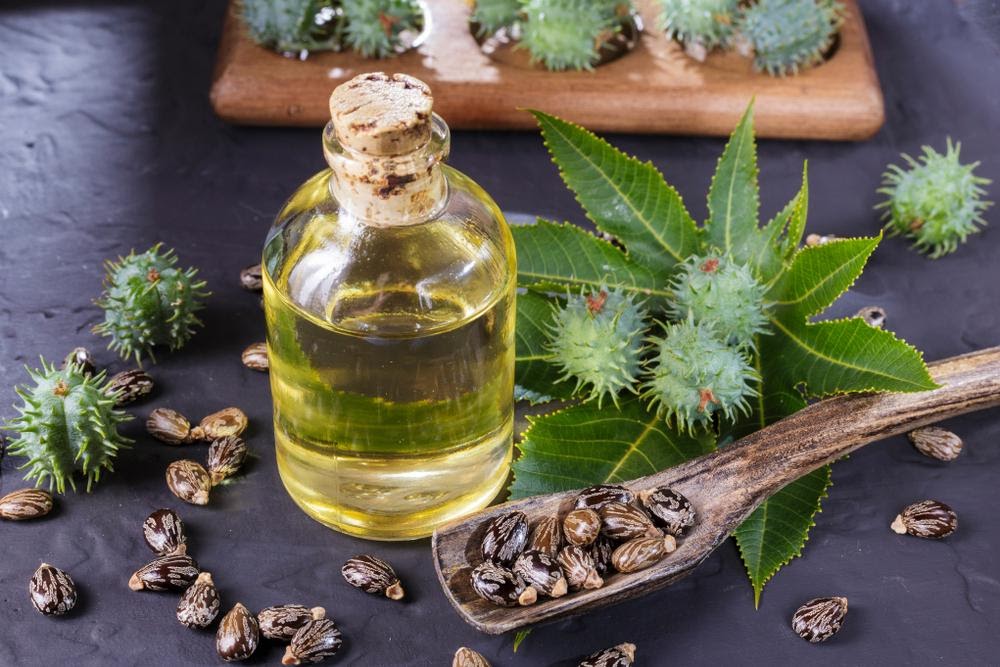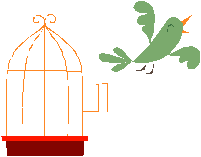LATEST
ARTICLES
COURSES
PRODUCTS

Lash Out Your Pains of Life with Podiatry Care
27 July 2024
Lash Out Your Pains of Life with Podiatry Care More Details <
























